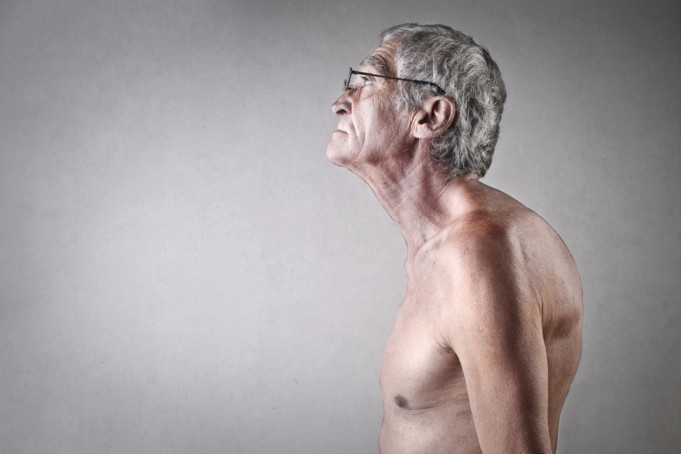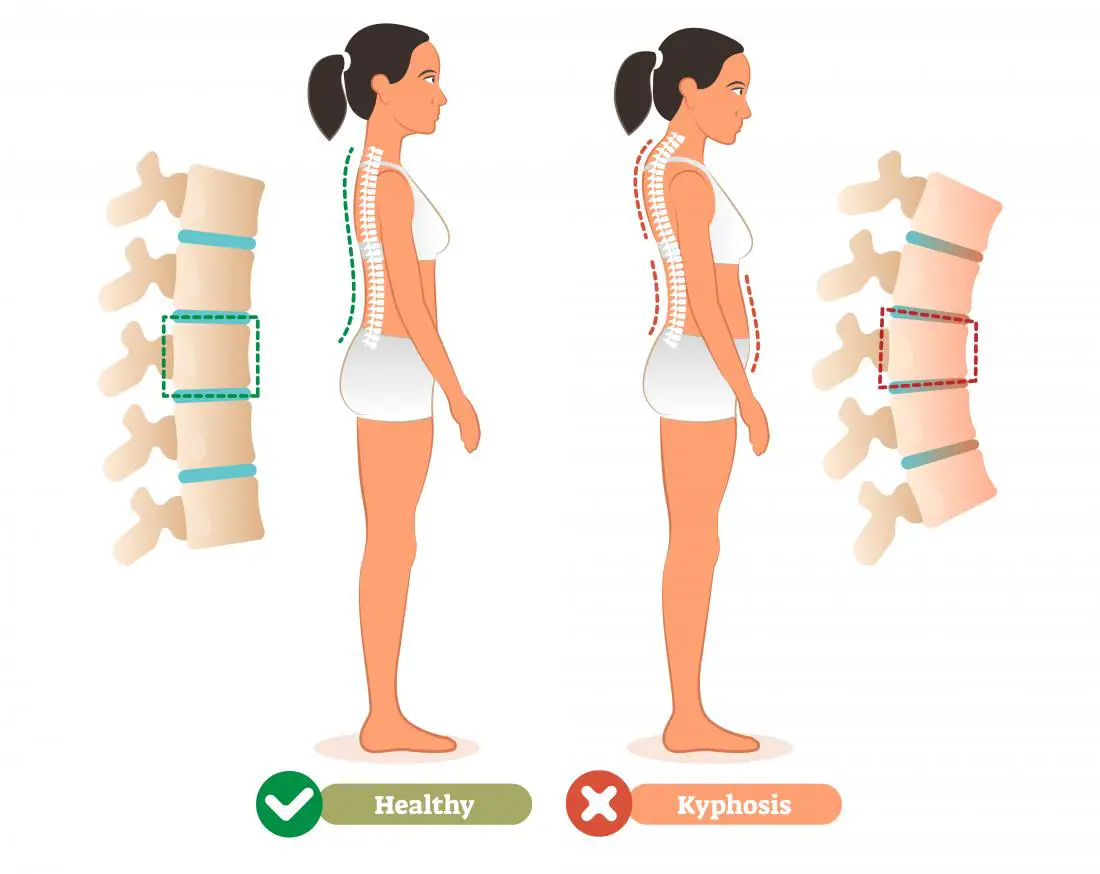Kyphosis, commonly referred to as hunchback or roundback, is a condition where the spine in the upper back has too much curvature. The thoracic, or the upper back of the spine is meant to be slightly curved.
Naturally, the spine curves in the neck area, the upper back, and the lower back. This helps to absorb shock and hold the weight of the head. Kyphosis is said to happen when the natural arch is significantly larger than it’s supposed to.
There is a visible bump on the upper back of the spine if one has kyphosis. It can also be noticeably rounded or even protruding, if viewed from the side. People with kyphosis may also appear to be slouching and have an obvious rounding of the shoulders.
Kyphosis can be considerably painful due to excess pressure on the spine. This can also affect breathing, making it difficult to inhale and exhale properly, due to the pressure on the lungs. Meanwhile kyphosis in elderly women is referred to as dowager’s hump.
Common causes of kyphosis
There is no age restriction on people who kyphosis can affect. Although, it rarely happens to newborns since kyphosis is caused by “bad posture”, and this is referred to as postural kyphosis.
Other likely causes of kyphosis may include:
- Weakness in the upper back muscle.
- Aging, particularly if one has a poor posture.
- Spine injury.
- Slipped disc.
- Arthritis.
- Osteoporosis, weakness of the bones due to old age.
- Scoliosis.
- Scheuemann’s disease, common in children but the cause is unknown.
The following conditions are less likely to lead to kyphosis:
- Polio
- Tumors
- Spine infections
- Muscular dystrophy
- Birth defect
- Paget’s disease
- Complications with the connective tissues
- Complications of the endocrine system
When should a person with kyphosis seek treatment?
Treatment is needed if your kyphosis is causing any of the following;
- Fatigue
- Pain
- Difficulty in breathing
Plenty of our body’s movement is solely dependent on the health of our spine, which includes;
- Mobility
- Activity
- Flexibility
In order to reduce the risk of arthritis, back pain and other complications associated with kyphosis, it is very important that proper treatment is gotten.
Treatment for kyphosis:
Treatment for kyphosis is solely dependent on how extreme the condition is. Here are some known causes and treatments of kyphosis.
1. Infection: Your medical doctor should be able to administer some antibiotics.
2. Tumors: Usually, tumors are operated on if there are some worries for “spinal cord compression.” If this is the case, your doctor may have to remove the tumor. If however the bone is destabilized, then a spinal fusion is necessary.
3. Scheuermann’s disease: Physical therapy, corrective surgery, or braces may be necessary for a child.
4. Osteoporosis: To prevent further bone deterioration, it is essential to treat osteoporosis in order to prevent a worst case of kyphosis.
5. Poor posture: Aggressive treatment may be necessary.
The following treatments can help relieve symptoms of kyphosis:
- Medications, for pain relief if necessary.
- Yoga, to help with overall flexibility and stamina.
- Physical therapy, to help strengthen the core, body and muscles on the back.
- Weight loss, to aid in reducing excess burden on the spine and spine brace, if any, especially in teens and children.
- Surgery, in extreme cases.
Risks associated with untreated kyphosis;
Kyphosis doesn’t result in any severe health issues, for most individuals. However, it all depends on the major cause of the kyphosis. You may also want to immediately address the condition if it is caused by poor posture as it may cause more problems later in life.
Kyphosis can be tackled early by:
- • Visiting a physical therapist as soon as possible.
- • Following programs that helps in strengthening the muscles in the back.
Have you had or currently dealing with kyphosis? What ways did you treat it? Share with us in the comments below.













